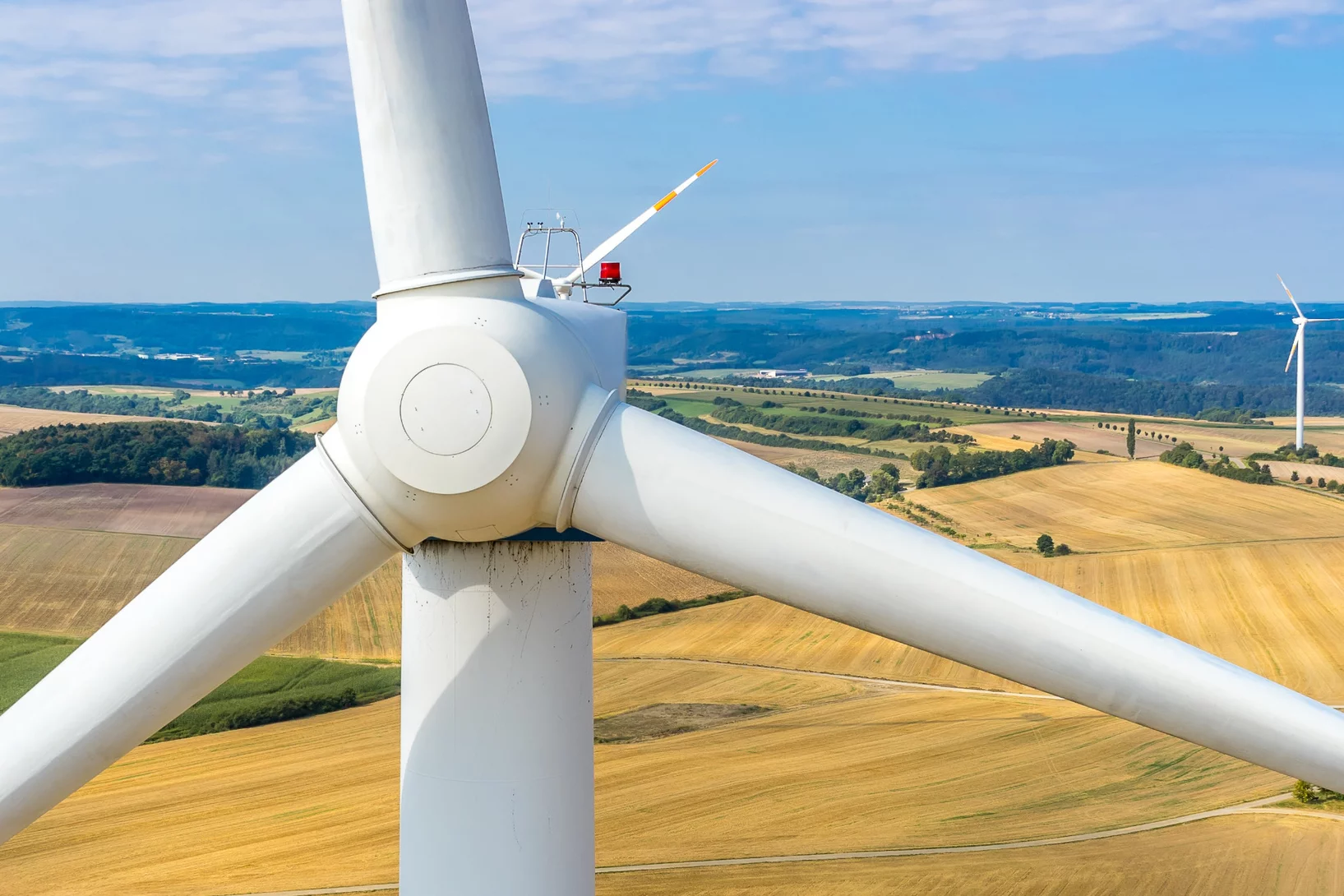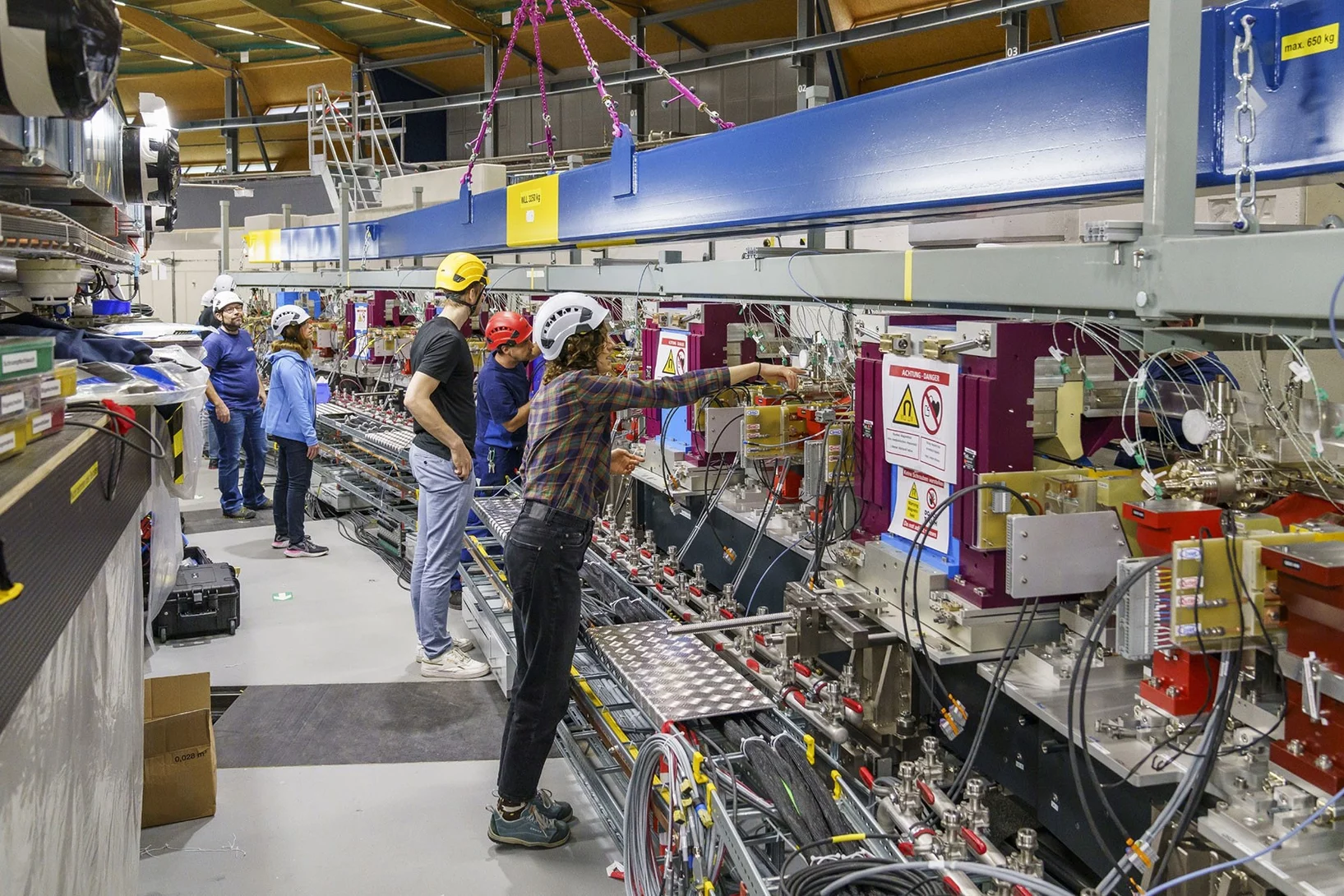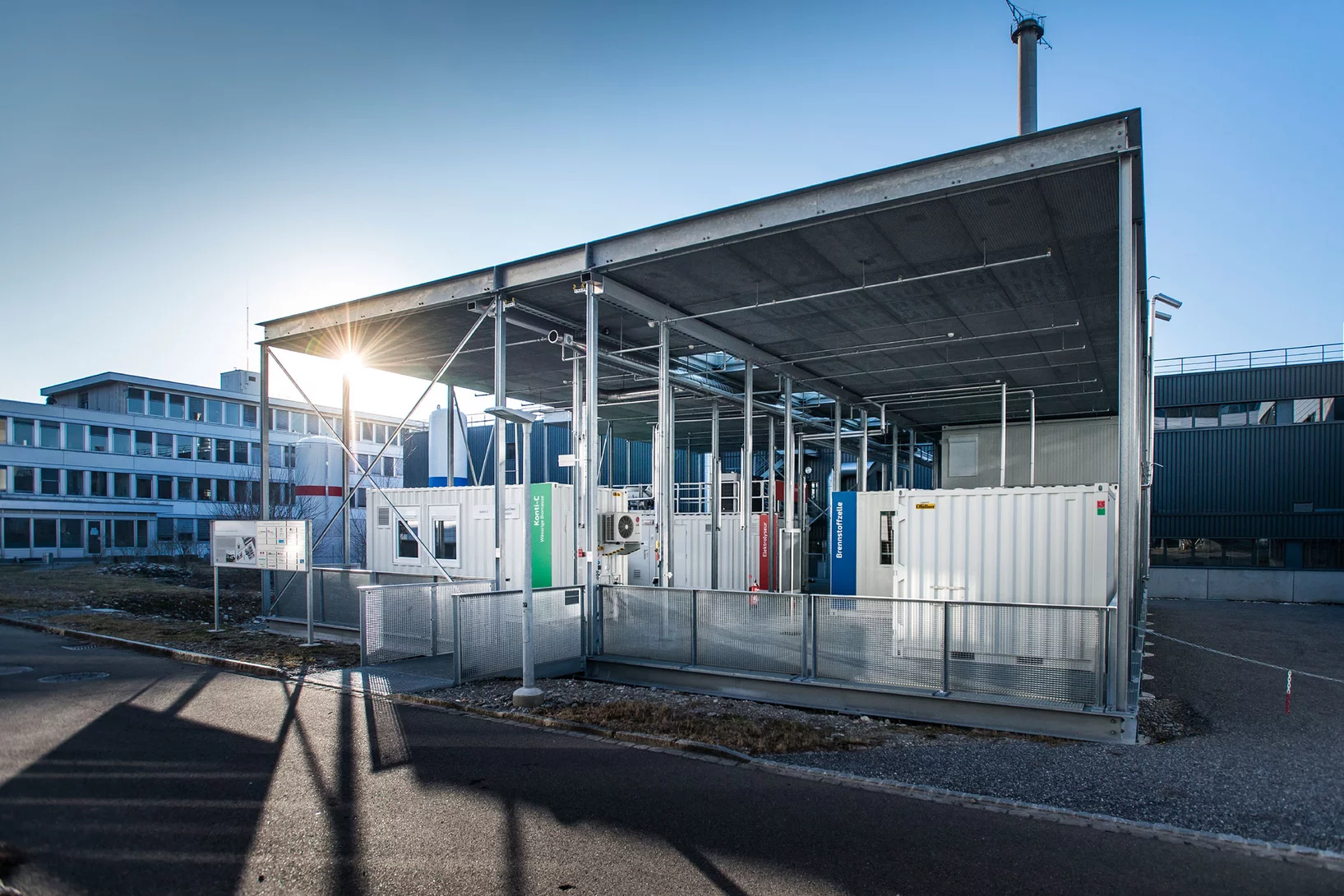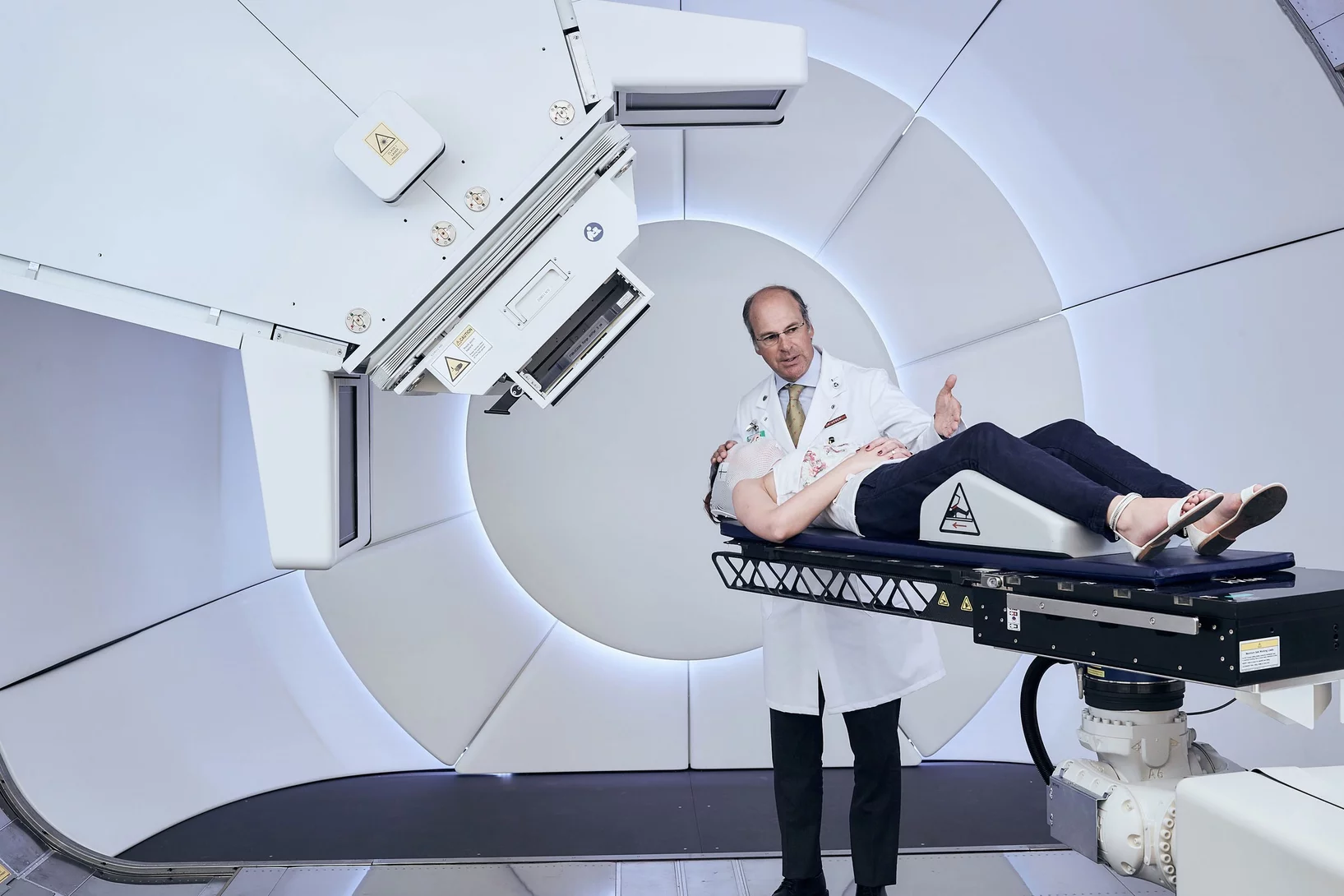Welcome to PSI, the largest research institute for natural and engineering sciences in Switzerland.
Recent highlights from our research
“Even more cancer patients could benefit from proton therapy”
A newly published book describes how life-saving proton therapy was developed at PSI. Damien Weber explains why the full potential of the method has not yet been exploited.
With pad, pencil, and algorithms
Physicist Dominik Sidler is developing fundamental theories for previously inexplicable phenomena.
SLS 2.0: How to start up a particle accelerator
The electrons are back: after its upgrade, the Swiss Light Source SLS is starting up again, step by step.
Topic cloud
Current upgrade projects and research initiatives
Together with industry to innovation
ESA comes to Switzerland
The signing of a contract between the European Space Agency ESA and PSI marks the start of the European Space Deep-Tech Innovation Centre ESDI.
How catalysts remove dangerous nitrogen oxides
In industrial catalysis, iron is not equal to iron.
Fast as a plane, clean as a train
In a collaboration across Switzerland, researchers have evaluated the potential environmental impacts of so-called hyperloop systems.
The people at PSI
Soldering on a big stage
Whoever makes it onto the podium here is one of the world's best professional talents: PSI electronics engineer Melvin Deubelbeiss won the silver medal at WorldSkills 2024.
Master of the flow
Even as a student, Athanasios Mokos was excited by the dynamics of fluids. Today at the Paul Scherrer Institute PSI, he models complex processes such as the formation of deposits on reactor fuel rods.
Cristina Müller
Developing and redesigning radiopharmaceuticals for tumour therapies














































